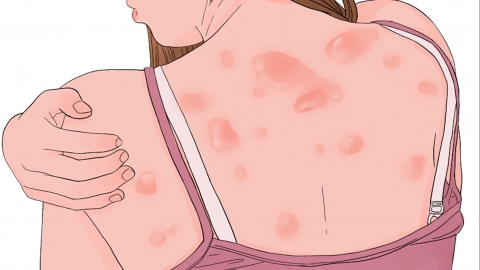Can you exercise during the early stage of urticaria?
Generally, whether patients with urticaria can exercise during the early stages should be determined according to their specific medical conditions and physical status. If discomfort symptoms occur, it is recommended to seek timely treatment at a regular hospital. Detailed analysis is as follows:

If the symptoms are mild, only a small number of wheals appear, itching is not obvious, and there are no systemic discomforts such as difficulty breathing or dizziness, light exercise like walking or yoga may be performed if the patient's general physical condition is good. Appropriate light exercise can promote blood circulation and enhance bodily metabolism, but the duration should not be too long to avoid overexertion.
If symptoms are severe, such as extensive wheals, intense itching, or accompanied by systemic symptoms like chest tightness, abdominal pain, or fatigue, and the patient feels physically weak, exercise is not recommended. Physical activity in such cases may exacerbate skin vasodilation, leading to an increase in wheals and intensified itching. Additionally, energy consumption may trigger further discomfort, which is unfavorable for recovery.
If patients with early-stage urticaria choose to exercise, they should select a cool and well-ventilated environment, avoiding places that are hot, humid, or have high levels of dust. If wheals increase, itching worsens, or other discomforts occur during exercise, activity should be stopped immediately and rest taken. Medical attention should be sought if necessary. After exercising, sweat should be wiped off promptly, and clothing should be changed to clean, dry garments to prevent chilling or skin irritation from sweat. In daily life, patients should pay attention to possible triggers of urticaria and avoid potential triggers while exercising.








